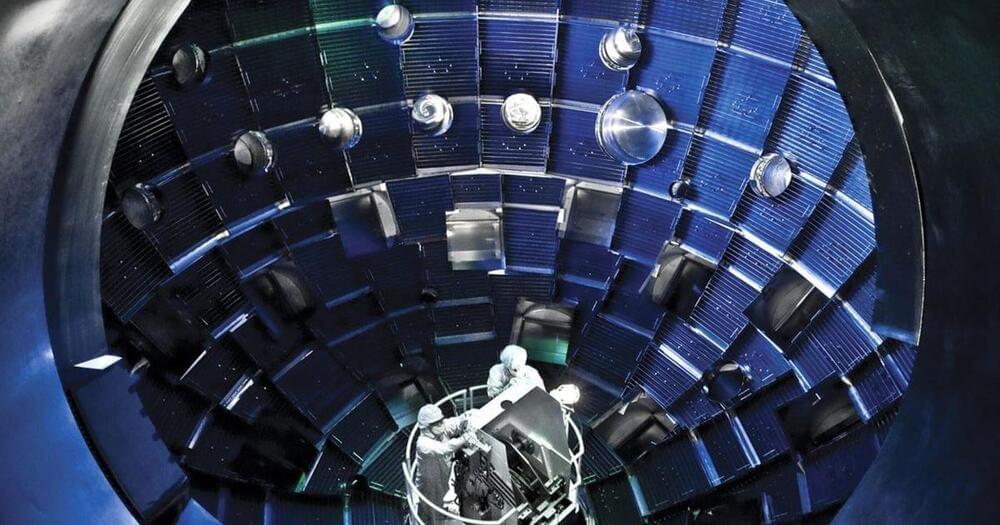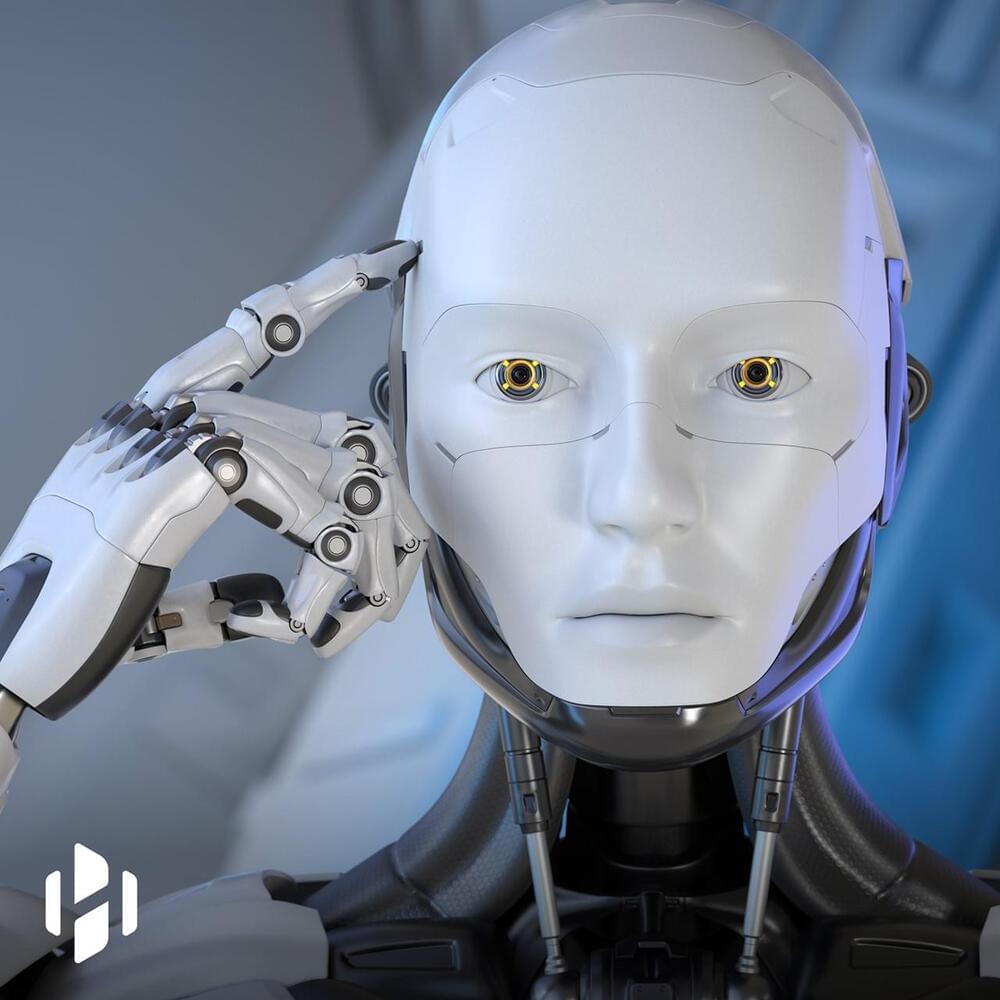
Category: innovation – Page 164

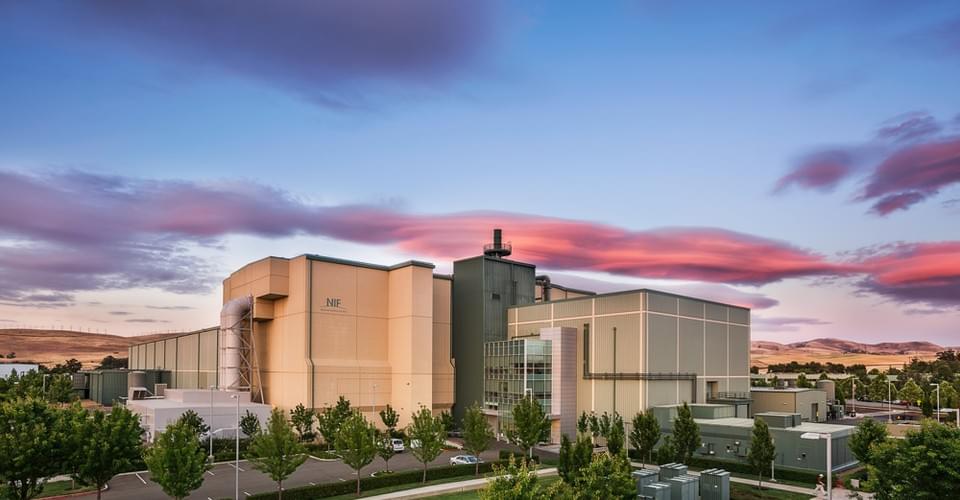
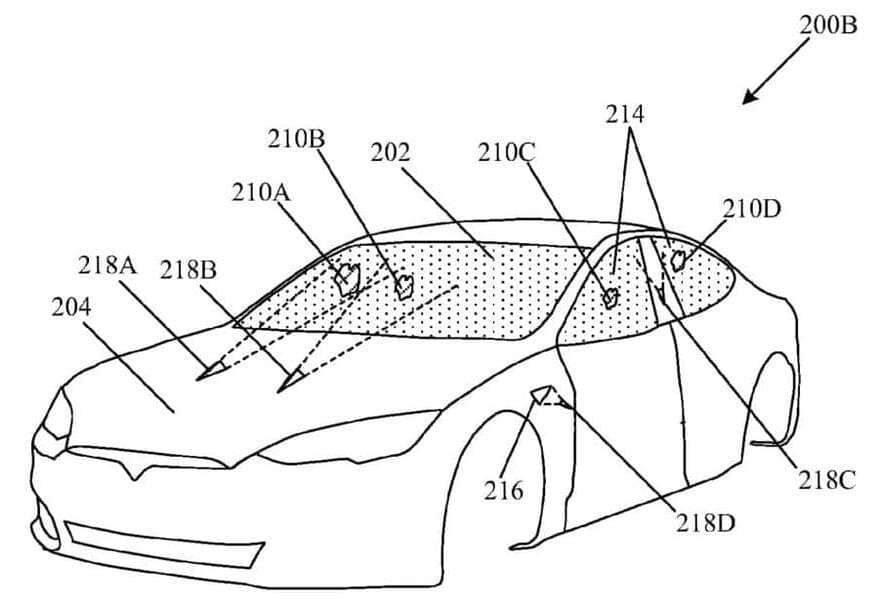
Tesla’s insane laser windshield wipers have been granted
Tesla’s insane laser windshield wiper patent has been officially granted by the United States Patent Office this week. Filed in May 2,019 the U.S. Patent Office granted the application, giving Tesla an exclusive right for the invention.
Tesla has played around with several ideas for windshield wipers in the past. In fact, in February, the company had a patent approved for a new wiper design for the Roadster, which would utilize an electromagnetic linear actuator to rid the windshield of moisture. It would essentially move from one side of the windshield to the other with one wiper in one motion.
Tesla Roadster’s revolutionary wiper design secures U.S. Patent approval

Immunogenicity and safety of a recombinant fusion protein… : Chinese Medical Journal
Innovative coronavirus disease2019(COVID-19) vaccines, with elevated global manufacturing capacity, enhanced safety and efficacy, simplified dosing regimens, and distribution that is less cold chain-dependent, are still global imperatives for tackling the ongoing pandemic. A previous phase I trial indicated that the recombinant COVID-19 vaccine (V-01), which contains a fusion protein (IFN-PADRE-RBD-Fc dimer) as its antigen, is safe and well tolerated, capable of inducing rapid and robust immune responses, and warranted further testing in additional clinical trials. Herein, we aimed to assess the immunogenicity and safety of V-01, providing rationales of appropriate dose regimen for further efficacy study.
Methods:
A randomized, double-blind, placebo-controlled phase II clinical trial was initiated at the Gaozhou Municipal Centre for Disease Control and Prevention (Guangdong, China) in March 2021. Both younger (n = 440; 18–59 years of age) and older (n = 440; ≥60 years of age) adult participants in this trial were sequentially recruited into two distinct groups: two-dose regimen group in which participants were randomized either to follow a 10 or 25 μg of V-01 or placebo given intramuscularly 21 days apart (allocation ratio, 3:3:1, n = 120 120, 40 for each regimen, respectively), or one-dose regimen groups in which participants were randomized either to receive a single injection of 50 μg of V-01 or placebo (allocation ratio, 3:1, n = 120 40, respectively). The primary immunogenicity endpoints were the geometric mean titers of neutralizing antibodies against live severe acute respiratory syndrome coronavirus 2 and specific binding antibodies to the receptor binding domain (RBD).
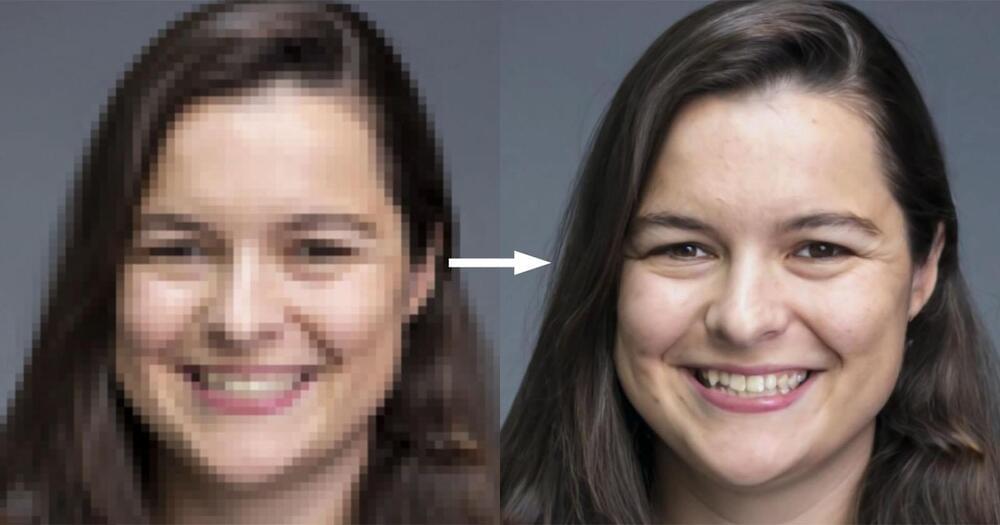

New COVID variant detected in South Africa, most mutated variant so far
A new coronavirus variant, C.1.2, has been detected in South Africa and a number of other countries, with concerns that the variant could be more infectious and evade vaccines, according to a new preprint study by South Africa’s National Institute for Communicable Diseases and the KwaZulu-Natal Research Innovation and Sequencing Platform. The study is awaiting peer review.
The C.1.2 variant first detected in South Africa is more mutated compared to the original virus than any other known variant.
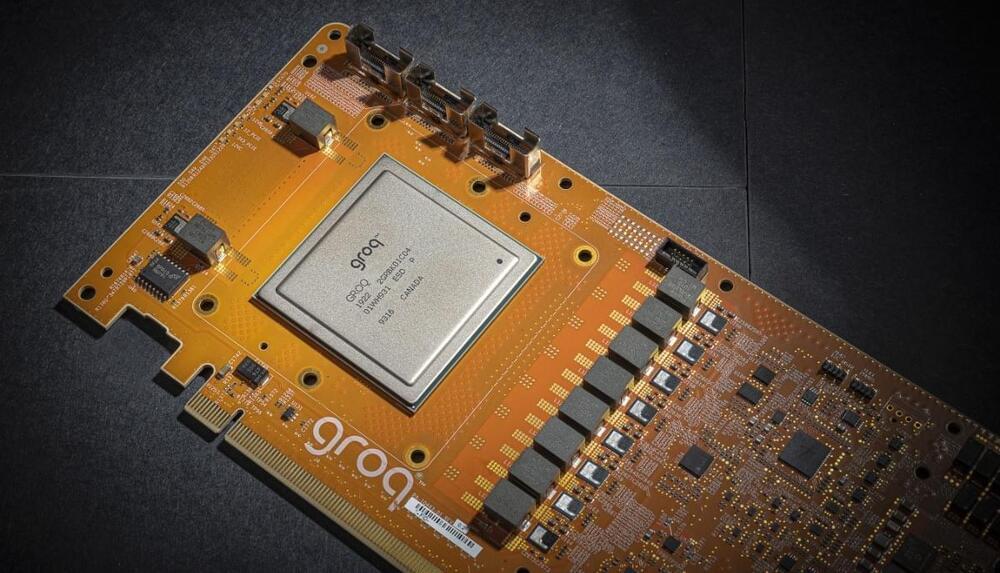
This New Chip Architecture Can Deliver 1 Quadrillion Operations Per Second
Circa 2019 o.o!
Groq, a rapidly growing startup that previously hired ten executives from Google for developing chipset architecture, has announced its new architecture named Tensor Streaming Processor that can perform 1 Peta operations per second on a single chip.
Tensor Streaming Processor (TSP) is the world’s first architecture to achieve this feat of performing 1 Peta or 1 quadrillion operations or 1e15 ops/s. Groq’s new architecture can also perform up to 250 trillion floating-point operations per second (FLOPS).
TSP architecture is inspired by a software-first mindset and offers an innovative approach towards accelerated computation.
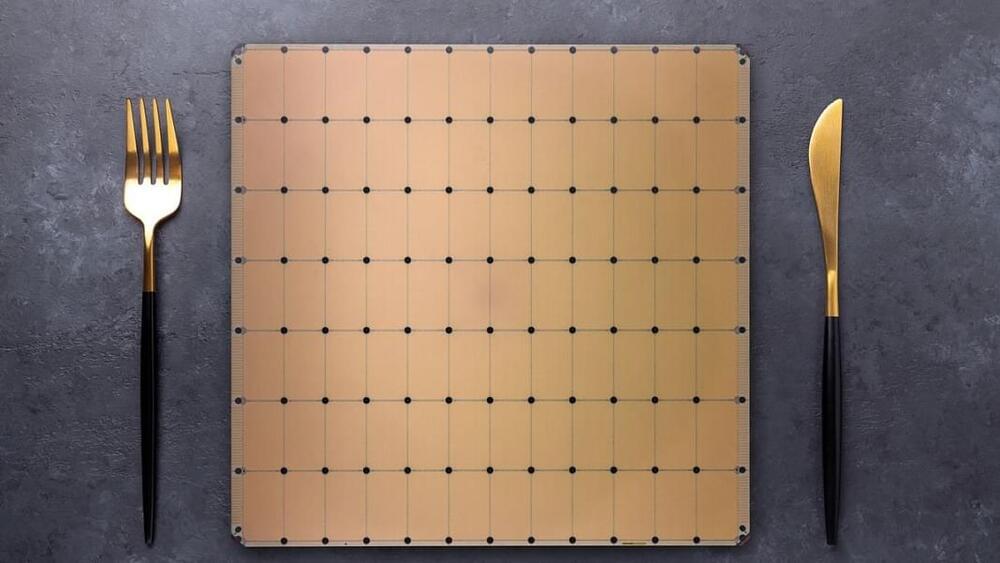
Cerebras Upgrades Trillion-Transistor Chip to Train ‘Brain-Scale’ AI
Much of the recent progress in AI has come from building ever-larger neural networks. A new chip powerful enough to handle “brain-scale” models could turbo-charge this approach.
Chip startup Cerebras leaped into the limelight in2019when it came out of stealth to reveal a 1.2-trillion-transistor chip. The size of a dinner plate, the chip is called the Wafer Scale Engine and was the world’s largest computer chip. Earlier this year Cerebras unveiled the Wafer Scale Engine 2 (WSE-2), which more than doubled the number of transistors to 2.6 trillion.
Now the company has outlined a series of innovations that mean its latest chip can train a neural network with up to 120 trillion parameters. For reference, OpenAI’s revolutionary GPT-3 language model contains 175 billion parameters. The largest neural network to date, which was trained by Google, had 1.6 trillion.
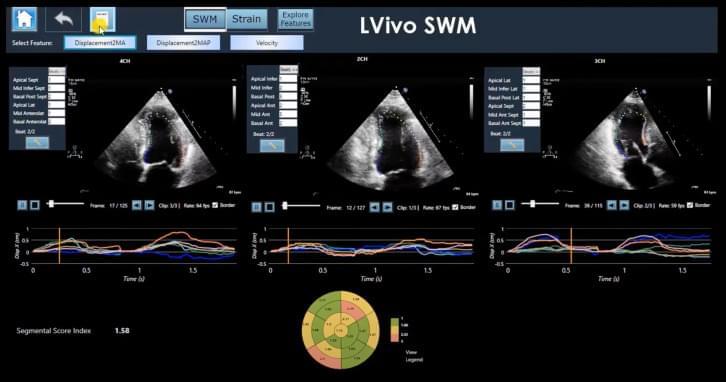
Israel’s DiA gets $14M to expand AI-driven ultrasound analysis
Israel-based AI healthtech company, DiA Imaging Analysis, which is using deep learning and machine learning to automate analysis of ultrasound scans, has closed a $14 million Series B round of funding.
Backers in the growth round, which comes three years after DiA last raised, include new investors Alchimia Ventures, Downing Ventures, ICON Fund, Philips and XTX Ventures — with existing investors also participating, including CE Ventures, Connecticut Innovations, Defta Partners, Mindset Ventures, and Dr Shmuel Cabilly. In total, it has taken in $25 million to date.
The latest financing will allow DiA to continue expanding its product range and go after new and expanded partnerships with ultrasound vendors, PACS/Healthcare IT companies, resellers and distributors while continuing to build out its presence across three regional markets.
